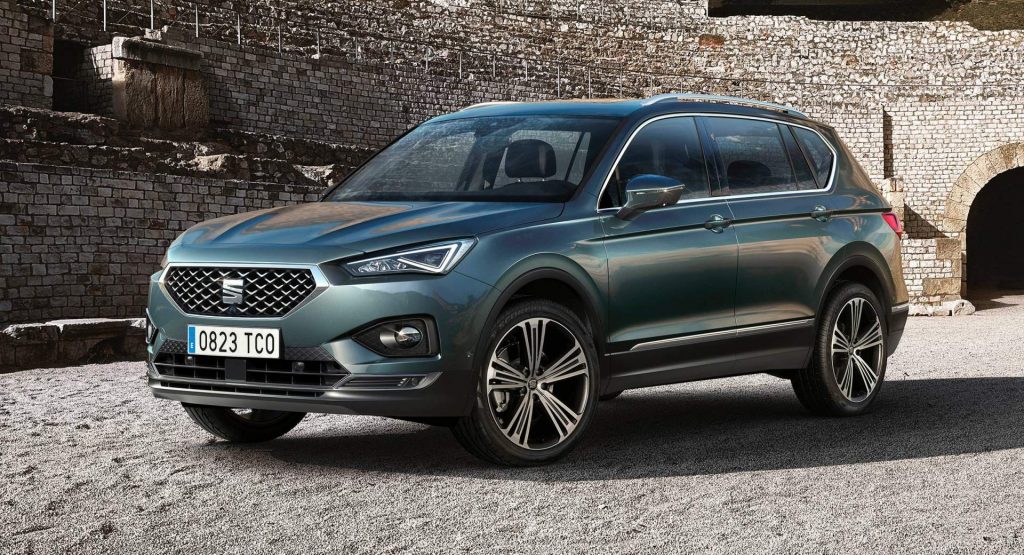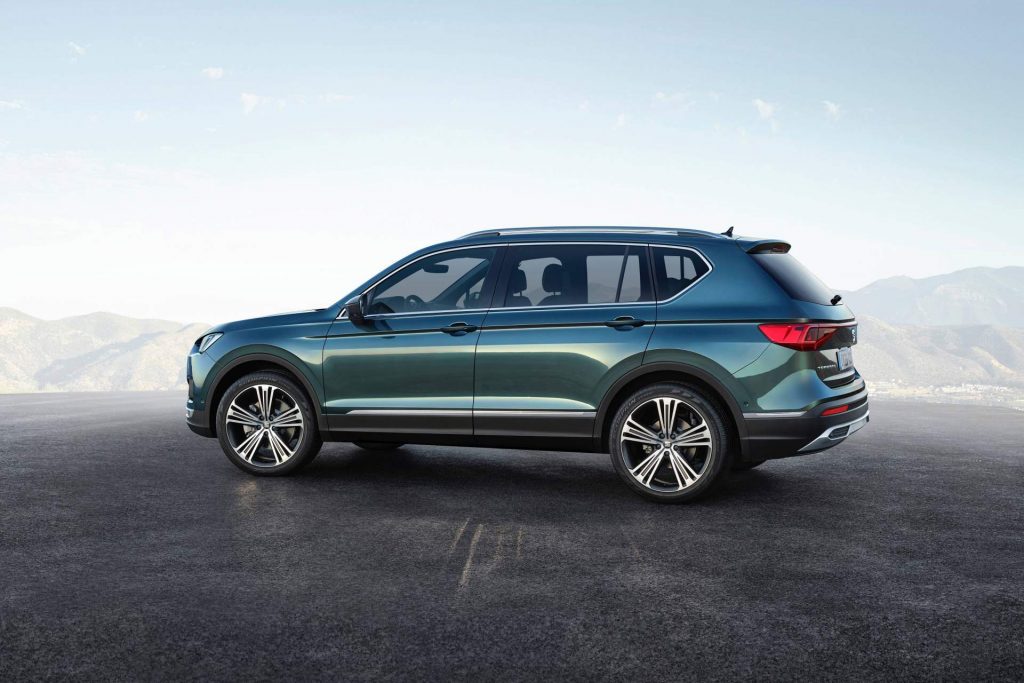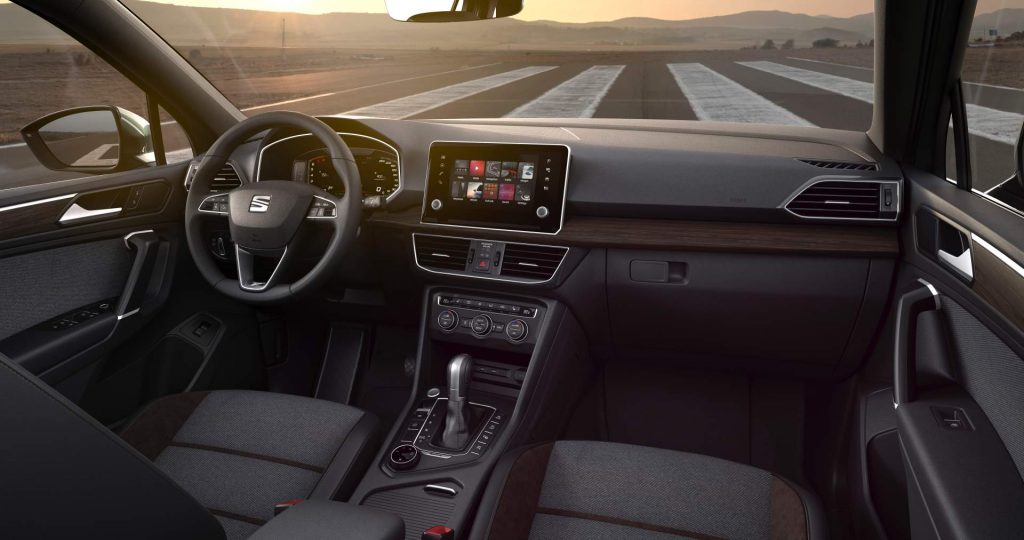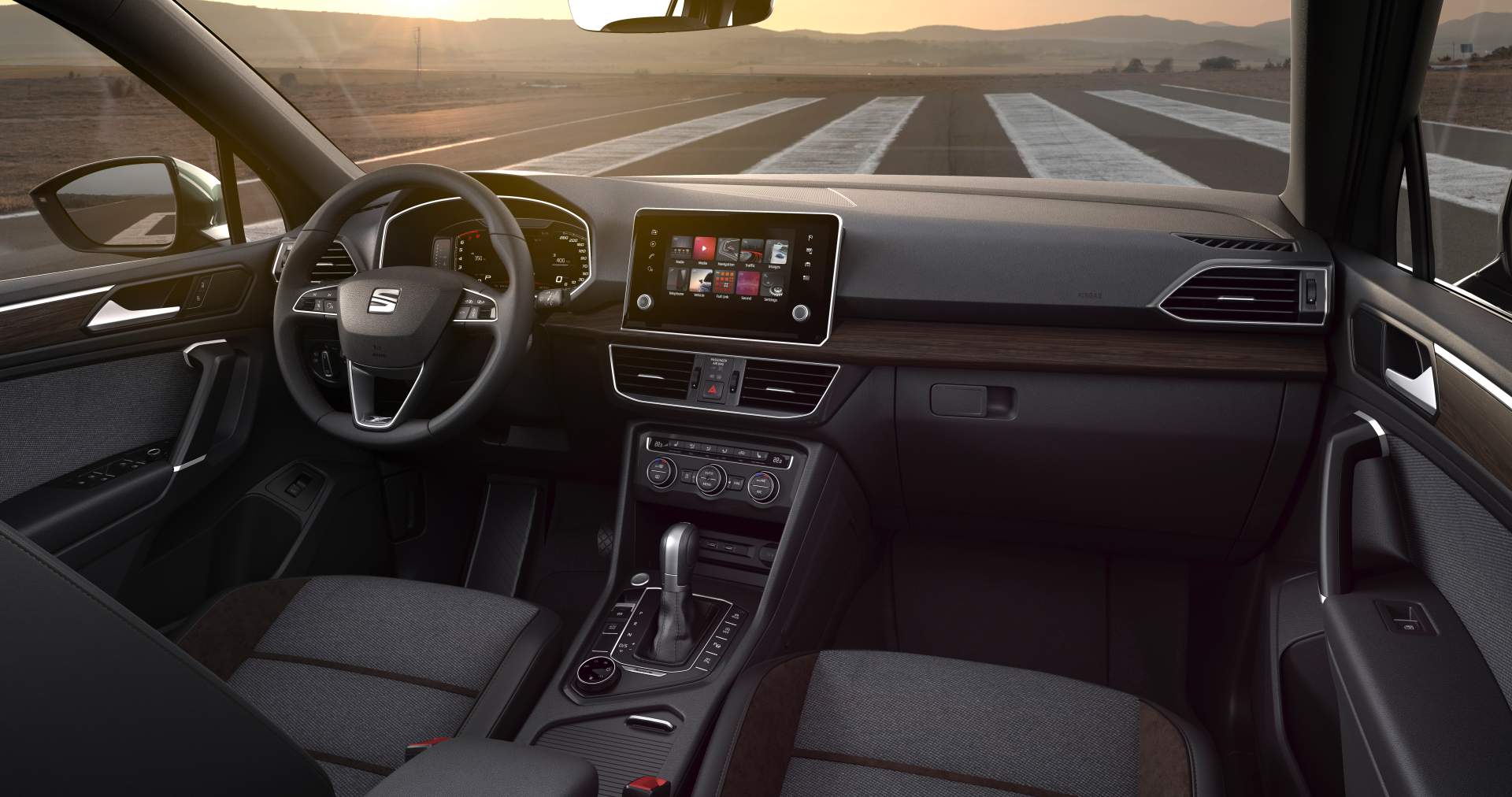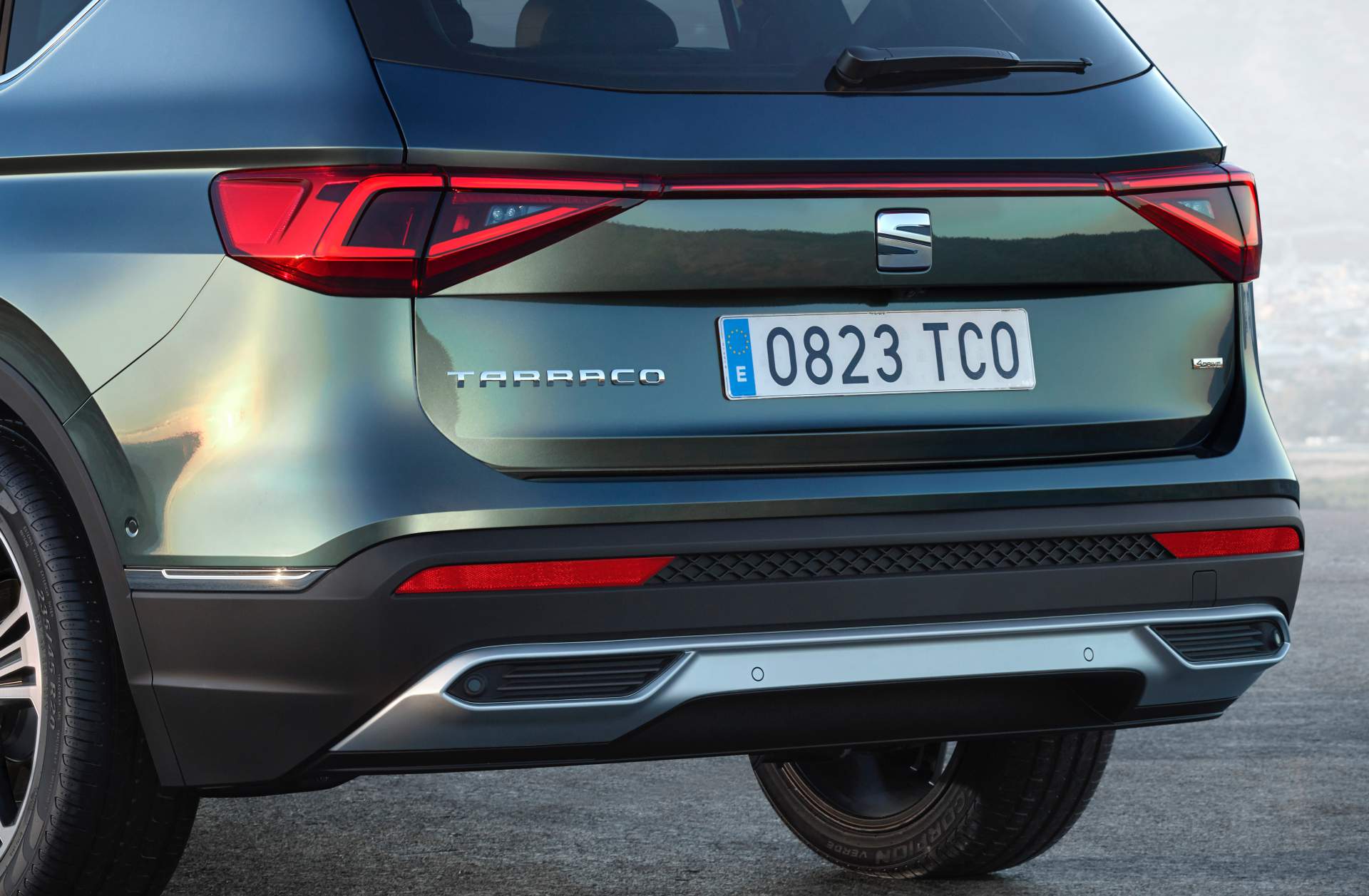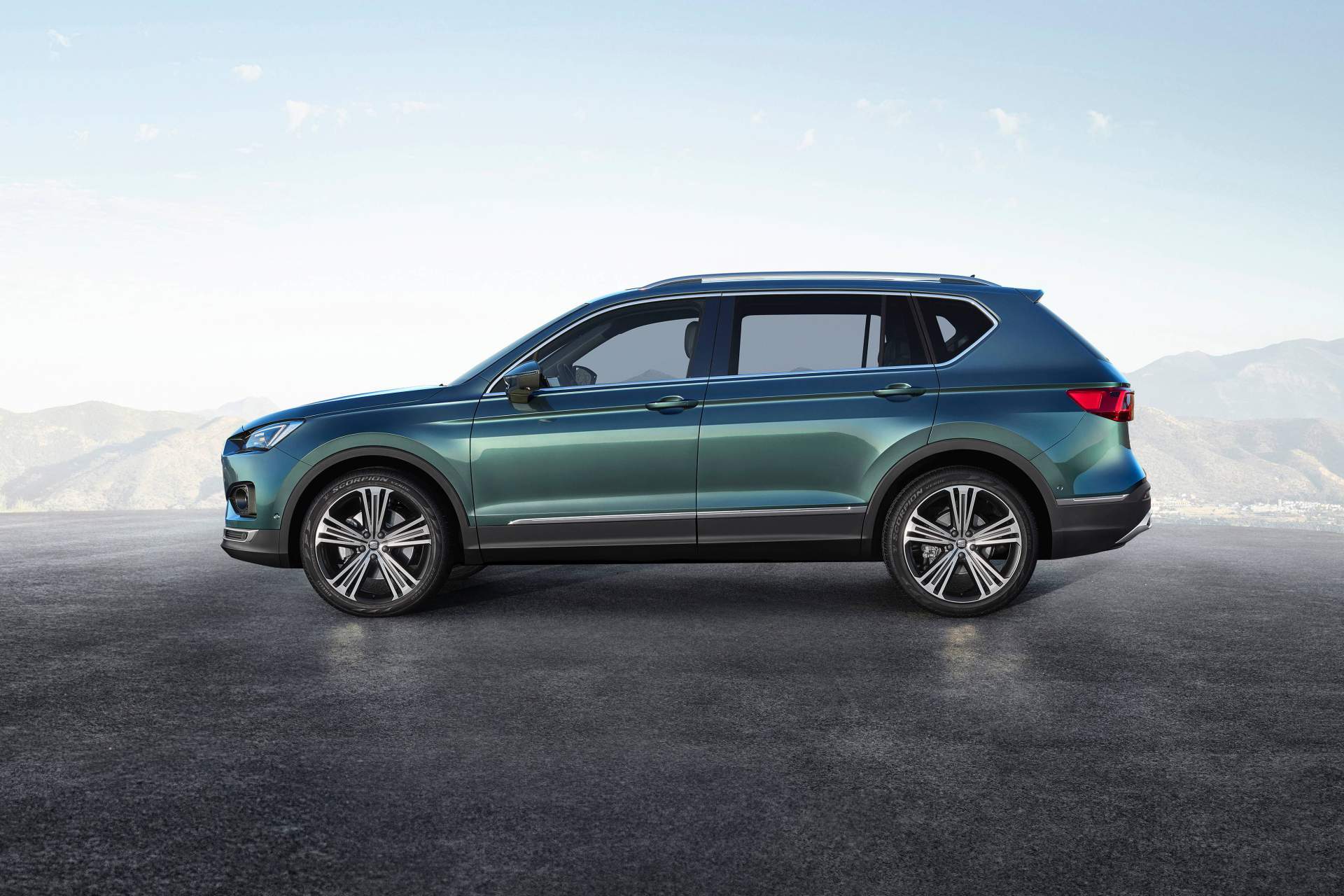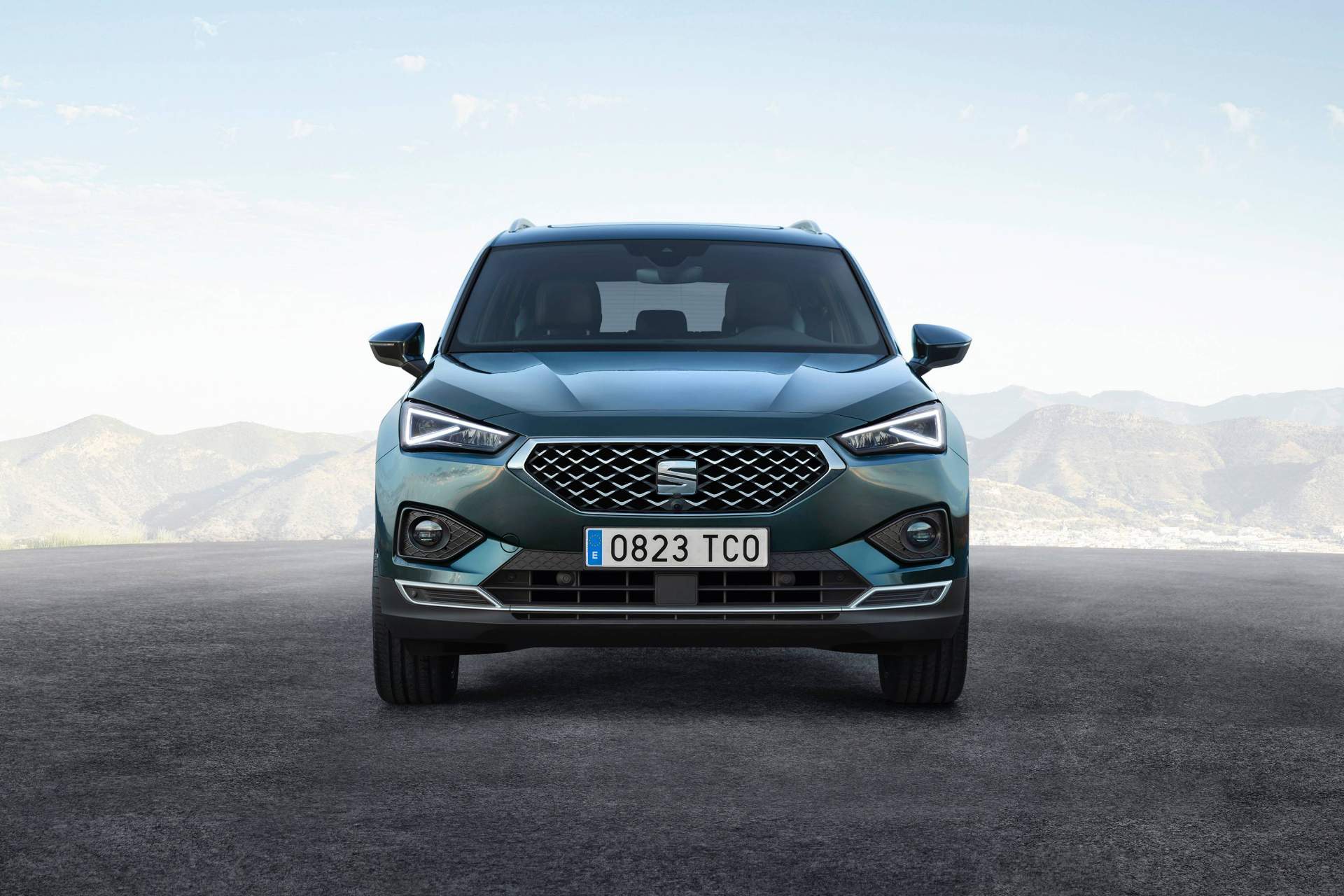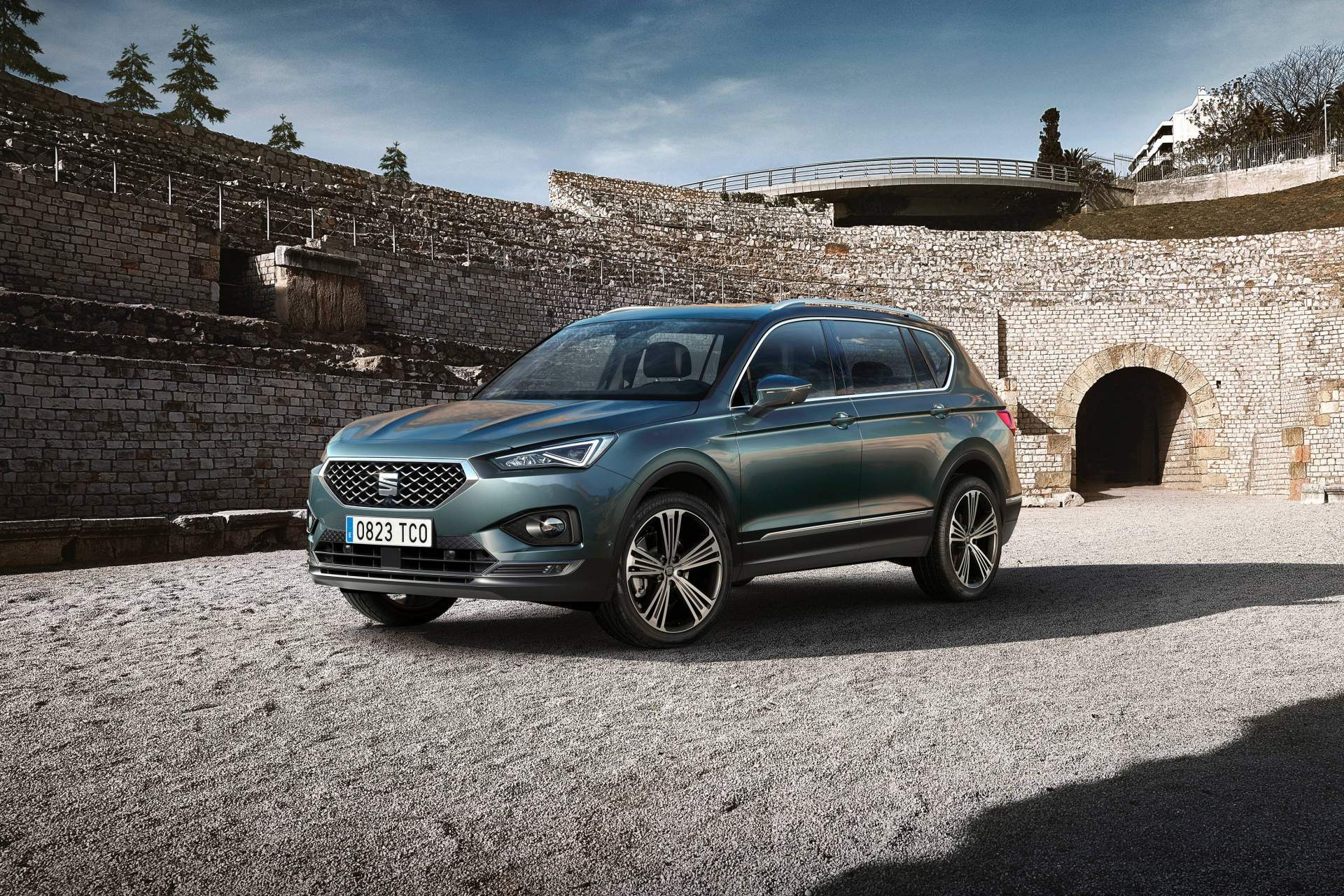The wait is over for Seat’s third and largest SUV to date, the Tarraco. Sharing the MQB architecture with the Skoda Kodiaq and many other VW Group models, the Tarraco looks very familiar.
The front carries Seat’s styling cues, but the side reminds a lot of the VW Tiguan Allspace and the rear has a Skoda Kodiaq vibe to it. Interestingly, Seat says the Tarraco shows the brand’s new design direction for the coming years but we suspect that has to do mostly with the new grille and full-LED lights all-around.
Named after the Mediterranean city of Tarragona, the Tarraco slots above the Arona and Ateca in Seat’s range and follows a tried and proven recipe. As with the VW Tiguan Allspace and Skoda Kodiaq, it’s underpinned by the MQB-A long-wheelbase architecture which provides the base for “huge interior space.” No practicality numbers are available yet, but we do know the SUV is 4,735-mm long and 1,658-mm high.
The engine lineup is familiar as well and includes two gasoline and two diesel units, all featuring turbocharging, direct injection and start-stop technology. The entry-level petrol engine is a 1.5-liter TSI rated at 150 PS (148 hp) and linked to a six-speed manual transmission and front-wheel drive. A 2.0-liter TSI that makes 190 PS (187 hp) is also available in combination with a seven-speed DSG gearbox and 4Drive AWD system.
The diesel lineup includes two 2.0-liter TDI units with 150 PS and 190 PS, respectively. The lower-powered engine can be had either in front-wheel drive, six-speed manual transmission configuration or in all-wheel drive, seven-speed DSG guise. The 190 PS engine only comes with the DSG transmission and 4Drive system. Later on, Seat says it will introduce alternative powertrain technologies as well on the Tarraco.
The VW Group underpinnings are visible in the cabin as well, with the exception of the touchscreen display which isn’t integrated into the dashboard like the interfaces of its platform siblings. Instead, the Tarraco gets a “floating” display up to 8 inches in diameter that supports gesture controls in its top-spec Navigation Plus version. Elsewhere, the 10.25-inch Digital Cockpit is also available.
Notable tech onboard includes the Dynamic Chassis Control (DCC) adaptive damping system, as well as an array of driving assistance systems. Lane Assist and Front Assist including bicycle and pedestrian detection are standard in Europe, while Blind Spot Detection, Traffic Sign Recognition, Traffic Jam Assist, Adaptive Cruise Control, Light Assist, and Emergency Assist are optional.
The Seat Tarraco will go on sale in early 2019 in two trim levels, SE and Xcellence. For customers who can’t wait until then, pre-sales start in December. Interestingly, it will be made in Germany, at the Wolfsburg plant.



